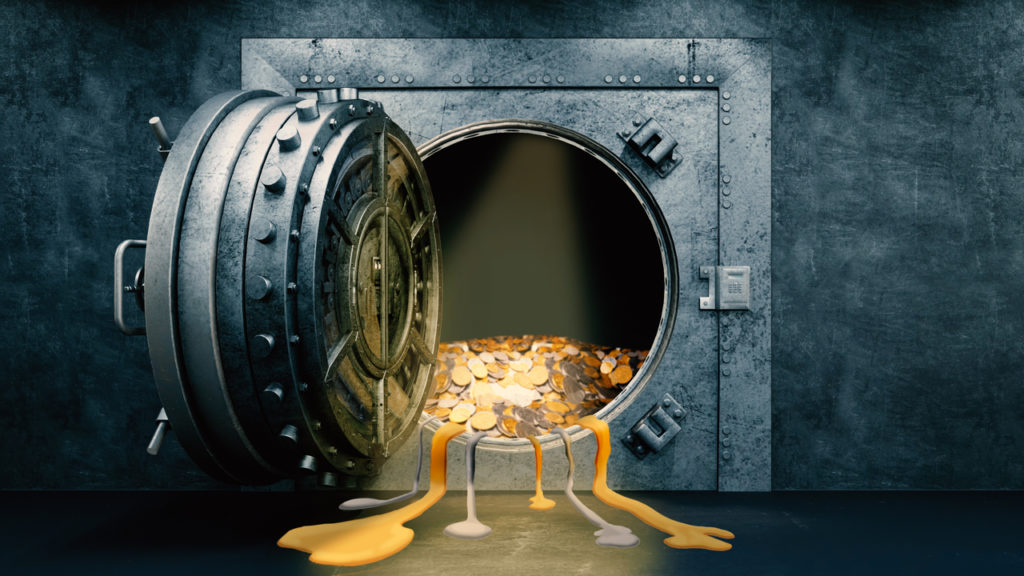by Peter Schiff, Schiff Gold:

Central banks closed out 2022 with reported net purchases of 28 tons of gold in December. Including large unreported purchases, this brought total central bank gold buying in 2022 to 1,136 tons. It was the second-highest level of net purchases on record dating back to 1950, and the 13th straight year of net central bank gold purchases.
TRUTH LIVES on at https://sgtreport.tv/
China officially started buying gold again in November and made another large purchase of 30 tons in December. That raised China’s total gold reserves to over 2,000 tons for the first time.
The Chinese central bank accumulated 1,448 tons of gold between 2002 and 2019, and then suddenly went silent. Many speculate that the Chinese continued to add gold to its holdings off the books during those silent years.
There has always been speculation that China holds far more gold than it officially reveals. As Jim Rickards pointed out on Mises Daily back in 2015, many people speculate that China keeps several thousand tons of gold “off the books” in a separate entity called the State Administration for Foreign Exchange (SAFE).
The Central Bank of Türkiye (Turkey) continued its consistent buying in December, adding another 25 tons to its swelling gold reserves. Over the course of 2022, Turkey added about 150 tons of gold to its hoard.
Croatia bought 2 tons of gold after having not reported any changes in its gold reserves since 2001.
After a pause in November, the Reserve Bank of India resumed purchasing gold in December, with a modest 1-ton purchase. India ranks as the ninth largest gold-holding country in the world. Since resuming buying in late 2017, the Reserve Bank of India has purchased over 200 tons of gold. In August 2020, there were reports that the RBI was considering significantly raising its gold reserves.
These purchases were partially offset by large sales by Kazakhstan (29 tons) and Uzbekistan (1 ton). It is not uncommon for banks that buy from domestic production – such as Uzbekistan and Kazakhstan – to switch between buying and selling.
December purchases brought the total net increase in central bank gold reserves in Q4 to 417 tons. Through the second half of 2022, central banks bought 862 tons of gold.
The total increase in reserves was a combination of reported buying, along with an estimate for significant unreported buying. Central banks that often fail to report purchases include China and Russia. Many analysts believe China is the mystery buyer stockpiling gold to minimize exposure to the dollar. According to the World Gold Council, “Should more information about this unreported activity become available, these estimates may be revised.”
Total 2022 central bank purchases of 1,136 tons represented a 152% increase from 2021. It was the highest level of annual net central bank gold purchases since the suspension of dollar convertibility into gold in 1971, and the second-highest annual total on record. (The record was in 1967.)
According to the World Gold Council, there are two main drivers behind central bank gold buying — its performance during times of crisis and its role as a long-term store of value.
It’s hardly surprising then that in a year scarred by geopolitical uncertainty and rampant inflation, central banks opted to continue adding gold to their coffers and at an accelerated pace.”
World Gold Council global head of research Juan Carlos Artigas told Kitco News that the big purchases underscore the fact that gold remains an important asset in the global monetary system.
“Even though gold is not backing currencies anymore, it is still being utilized. Why? Because it is a real asset,” he said.
Globally, central banks have added to net reserves for 13 straight years. In that time, they bought over 6,800 tons of gold.




